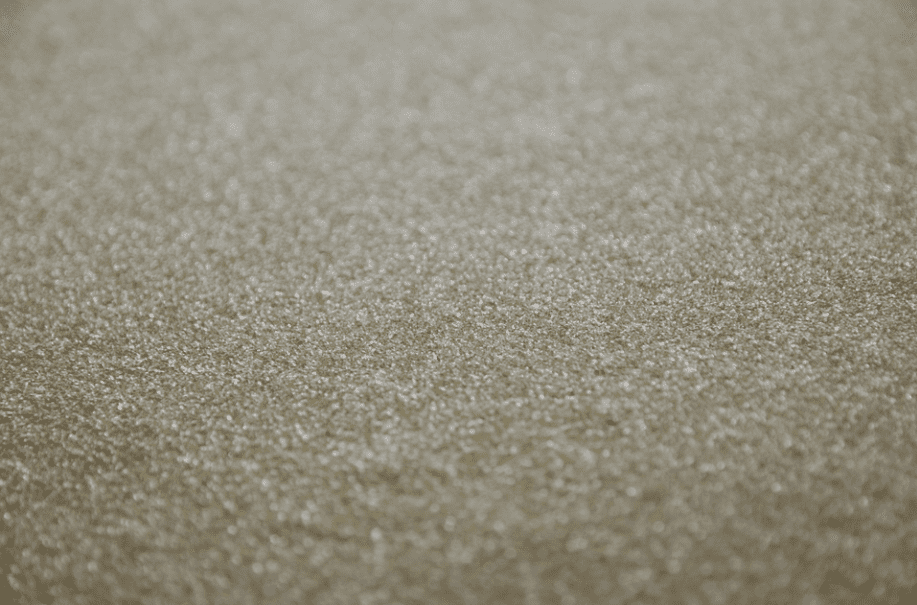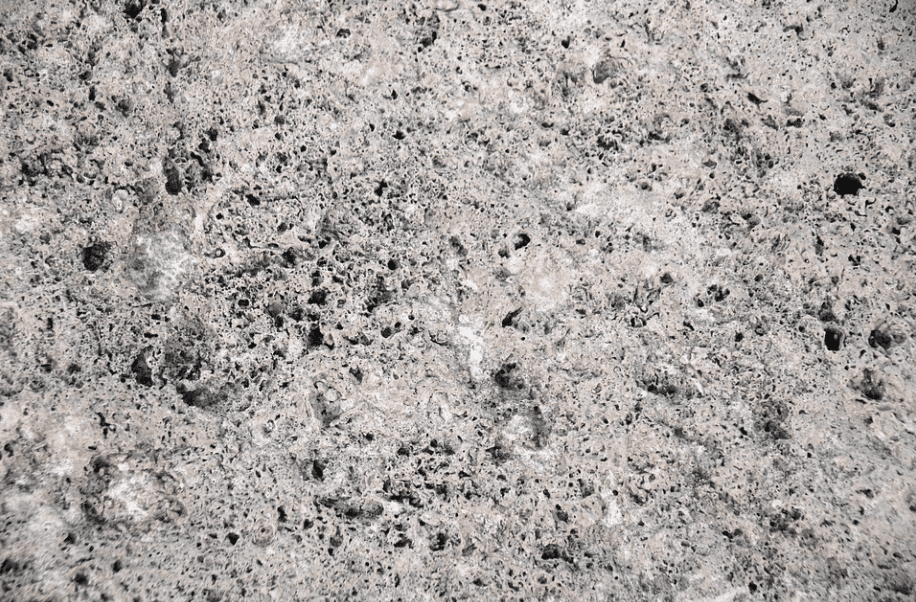Concrete is a durable material, but it needs to be properly prepared before it can be used. One of the most important steps in preparing concrete is sanding it. Sanding helps remove any imperfections in the surface and ensures that the concrete will be level and smooth.
If you want to smooth down the surface of your concrete, you will need to stand it. Sanding is a fairly easy process, but there are a few things to keep in mind. Here are five easy steps for how to sand concrete:
Steps On How To Sand Concrete
Step 1: Choose the right sandpaper.
There are many types of sandpaper, and not all of them will work well on concrete. If you’re just starting, it might be best to use medium-grit sandpaper. This type of paper is versatile and can be used on both rough and smooth surfaces.
When sanding concrete, you will want to use the correct type of sandpaper. There are a few different types of sandpaper that can be used, depending on the project you are working on and how rough you need the surface to be. The most common types of sandpaper are:
- Coarse grit: This is the roughest type of sandpaper and is used for removing large amounts of material from the surface.
- Medium grit: This type of sandpaper is used for general purpose sanding and has a medium level of abrasion.
- Fine grit: This is the finest type of sandpaper and is used for polishing or finishing the surface.
When choosing the right type of sandpaper, you will need to consider the following factors:

- The type of material you are sanding: Concrete, wood, metal, etc.
- The desired finish: Smooth, rough, polished, etc.
- The grit size: Coarse, medium, or fine.
Step 2: Wet The Surface Of The Concrete.
This will help soften the surface and make it easier to sand. You can either use a garden hose or a spray bottle filled with water.
The next step is to add the aggregate. The sand needs to be coarse enough that it will not pass through the holes of the screen.
- Double-check to make sure all the ingredients are added in the correct proportions.
- Mix all the ingredients until it is a thick, smooth paste.
- Apply the mixture to the surface of the concrete with a trowel or stiff brush.
- Allow the mixture to dry for 24 hours before using.
Step 3: Start Sanding
Use circular motions to sand the surface of the concrete. Be sure to apply pressure, but don’t use too much force, or you might damage the surface.
Step 4: Change The Sandpaper When It Becomes Dull.
The sandpaper will become dull after a while, so be sure to change it when necessary. If the surface of the concrete is still rough, you can use higher-grit sandpaper to achieve a smoother finish.
Step 5: Finish Up By Cleaning The Concrete.
Use a damp cloth to wipe away any remaining dust or debris. Use a broom or brush to sweep away any debris, and then use a pressure washer or hose to clean the surface. Be sure to wear safety goggles and gloves when using a pressure washer. If the concrete is severely stained or dirty, it may be necessary to use a cleaner or degreaser. Follow the manufacturer’s instructions when using a cleaner or degreaser. Congratulations, you’ve successfully sanded your concrete
Factors To Consider Before Sanding A Concrete Surface
- The condition of the concrete. If it is rough, pitted, or has a high spot that needs to be removed, then sanding is the best option. If the concrete is in good condition, diamond grinding may be a better option.
- The type of equipment to use. There are a few different types of sanders available, and each one has its strengths and weaknesses. Choose the one that will work best for the job at hand.
- The type of sandpaper to use. Not all sandpaper is created equal, and there are several types available. Choose the type that will work best for the job at hand.
- The direction of the sandpaper relative to the surface being sanded. Sanding in the wrong direction can damage the surface and create more work for the finisher.
- The amount of pressure to apply to the sandpaper. Applying too much pressure can damage the surface being sanded and create more work for the finisher.

FAQS
Can You Use A Floor Sander On A Concrete Floor?
In general, you can use a floor sander on a concrete floor, but there are a few things to keep in mind. First, you should make sure that the floor sander is compatible with the type of concrete you have. Second, you need to use the correct type of sandpaper and adjust the speed and pressure accordingly. Finally, always be aware of how much dust the sanding is creating and take steps to prevent it from getting into the air.
To add to that, you can use an angle grinder to sand concrete. However, there are a few things you should keep in mind when doing so. First, make sure the disc you’re using is appropriate for sanding concrete. You can find discs specifically designed for this purpose at most hardware stores. Second, always use caution when working with an angle grinder, as they can be dangerous if not used properly.
What Tool Do You Use To Smooth Concrete?
You can use a variety of tools to smooth concrete, but the most common is a trowel. Other tools you can use include a float, magnesium float, steel trowel, and bull float. When choosing which tool to use, consider the finish you want to achieve and how much sand is on the surface of the concrete. If the surface has a lot of sand, you’ll need a coarser tool to achieve the desired finish. Conversely, if the surface is relatively smooth, you’ll need a finer tool to get the desired results.
Related Posts:
